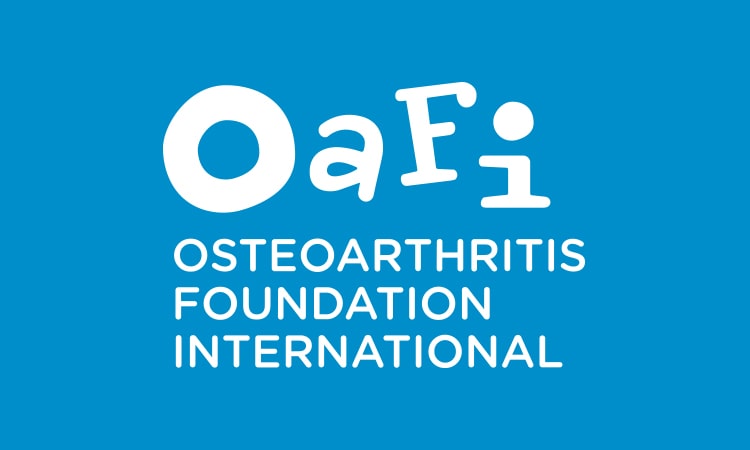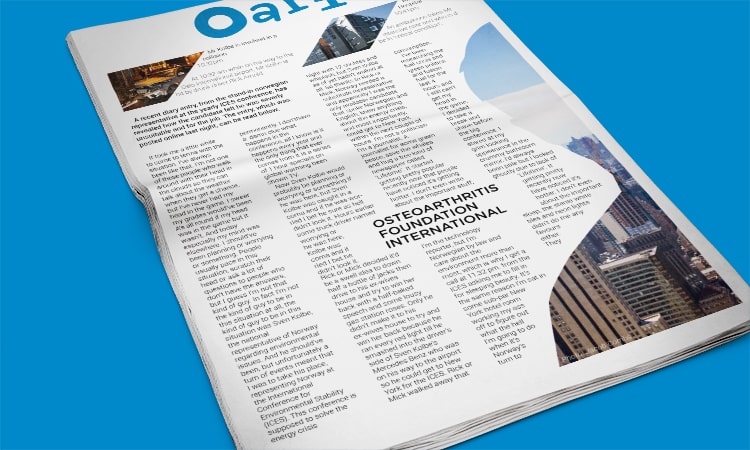- Foundation
- Actions
- Osteoarthritis
- Actuality
- OAFI Radio/TV
- Get Involved
- Contact
-
-
-
OAFI
Osteoarthritis International FoundationC/ Tuset, 19 · 3º 2ª
08006 Barcelona
(+34) 931 594 015
info@oafifoundation.comSchedule:
Monday-Thursday 9AM-6PM
Friday 8AM-3PM
-
-
-

-

-

Retired professional footballers HAVE double the risk of osteoarthritis compared to the general population

- The study compares more than 1,000 ex-footballers with 4,000 men in the same age range
- Retired footballers have twice as much knee pain, a higher prevalence of radiological osteoarthritis and three times the need for knee replacements
Football is the most popular team sport in the world. Some 265 million people play it worldwide and of these 1,1 million are professional footballers. The average length of a professional footballer’s career is 13.5 years and, despite being extremely fit, high-intensity matches and training can lead to sport-related health risks. Professional football has a high injury rate and 17% of all injuries involve the knee. In addition to acute manifest injury, the cumulative effect of repetitive microtrauma and joint overload may also be detrimental to the knee joint.
Knee osteoarthritis is a common complex disorder with multiple risk factors including injury. And although it is an issue of concern to football players and clubs, few studies have been carried out examining the association between football and osteoarthritis.
The aims of this study, led by Arthritis Research UK, in the United Kingdom, and published in the British Journal of Sports Medicine, were to determine the prevalence of knee osteoarthritis outcomes in a sample of retired male professional footballers in the United Kingdom and in a random sample of men in the general population; to compare the prevalence of these outcomes in ex-footballers and the general population with adjustments for other known risk factors and to determine the main attributable risks for any increased prevalence in knee osteoarthritis outcomes in ex-footballers.
For this purpose, they evaluated various indicators such as knee pain, chondrocalcinosis or knee surgery in 1,207 retired footballers and 4,085 men from the general population.
The main results were, firstly, an almost doubled risk of knee pain at the time of the assessment, which was more marked in the younger age groups; secondly, a two-fold higher prevalence of radiographic knee osteoarthritis and a three-fold higher prevalence of chondrocalcinosis; and thirdly, an almost three-fold higher requirement for total knee replacement. After adjusting for risk factors such as injury or overweight, the conclusion of the study is that ex-footballers have a two-fold increased risk of knee osteoarthritis, supporting an important role of repetitive microtrauma associated with football.
According to the researchers, these results indicate the need to better manage modifiable risk factors such as obesity or knee injuries through training, early treatment and appropriate rehabilitation before returning to football after an injury to reduce the risk of osteoarthritis. In this sense, the OAFI Foundation works both in the prevention of future athletes with the OAFI Sport program and in the prevention and treatment of professional and amateur athletes, from childhood to adulthood, in direct collaboration with professional football clubs.
Categories :






















Leave a Reply